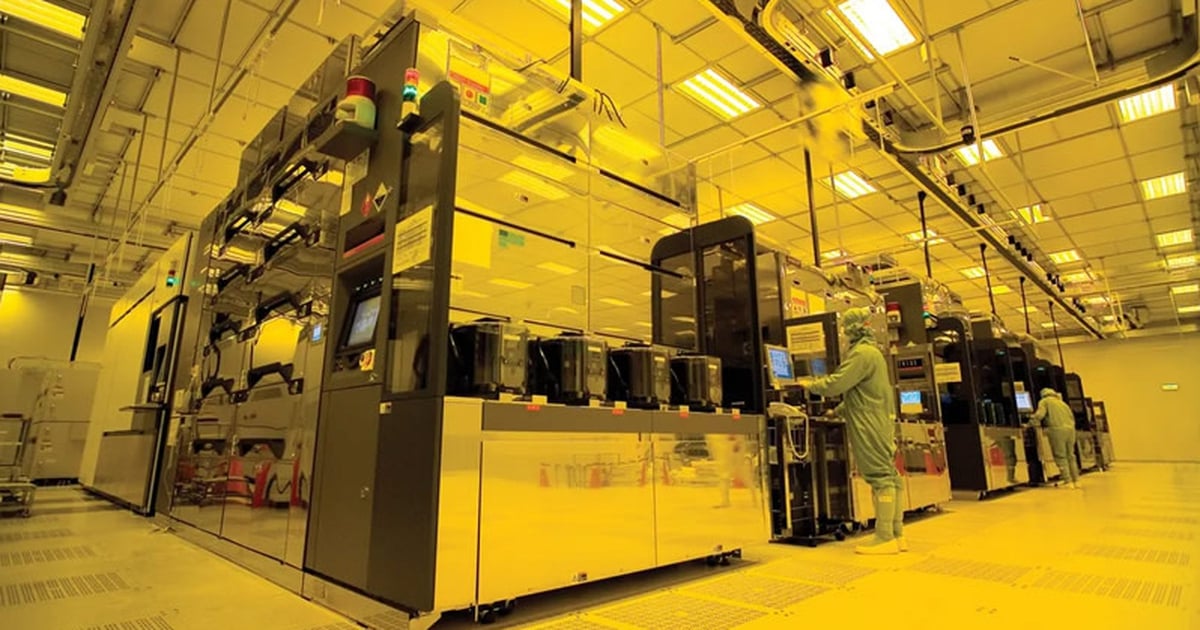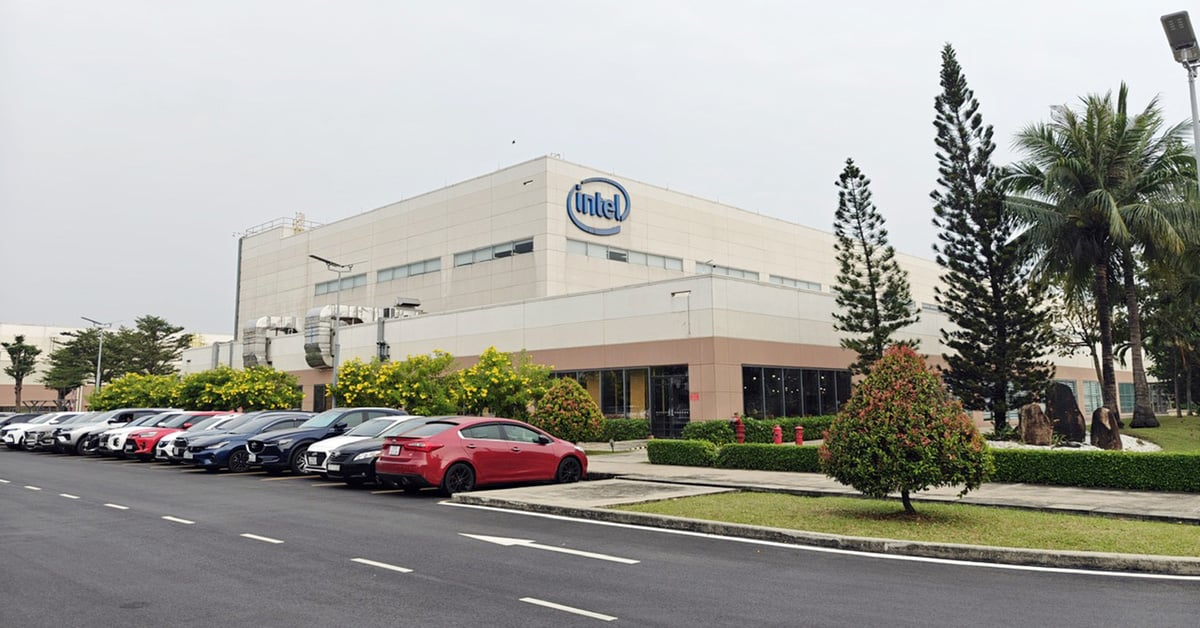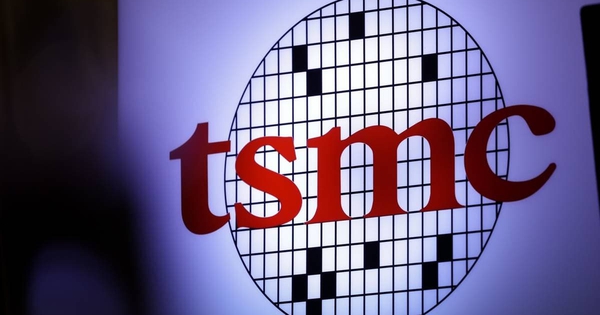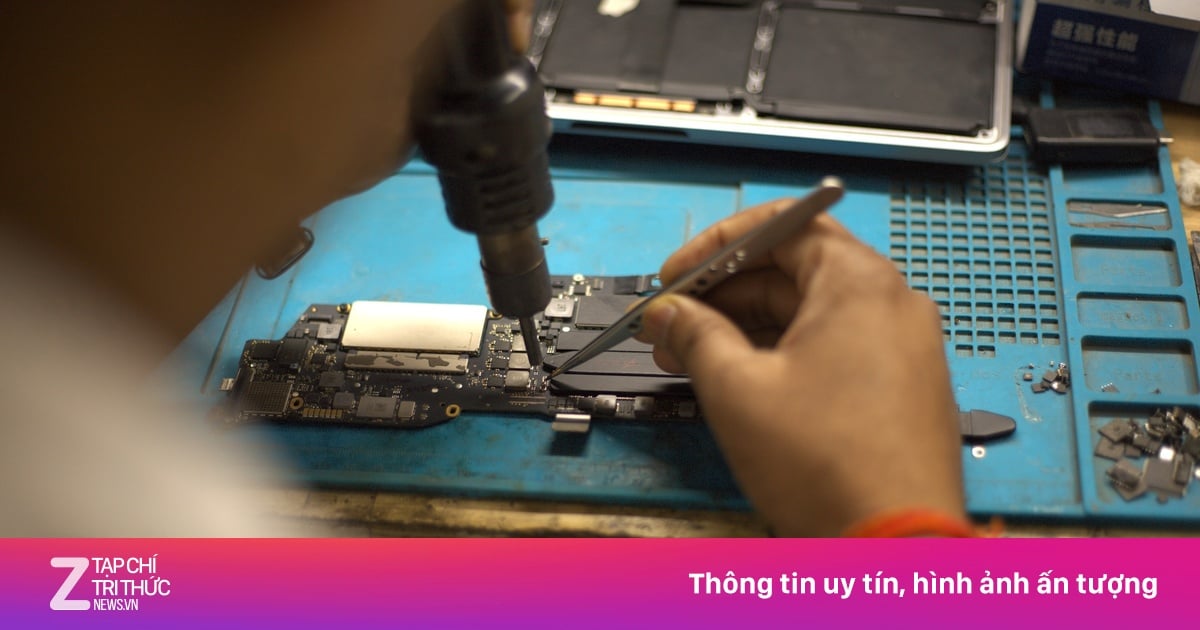Deputy Defense Secretary Kathleen Hicks announced the grants, which are part of the CHIPS and Science Act signed into law last year. The law provides $280 billion for science and technology, including nearly $52 billion to boost U.S. semiconductor manufacturing.
The eight Microelectronic Commons innovation hubs will be located in Massachusetts, Indiana, North Carolina, Arizona, Ohio, New York, and California. More than 360 organizations from over 30 states will participate.

According to the Department of Defense, $2 billion in funding will go toward the Microelectronics Commons program from 2023 to 2027, which will help accelerate hardware prototyping and lab-to-fab transitions with semiconductor technology. The overall goal is to mitigate any future supply chain issues and ensure access to cutting-edge semiconductors for the armed forces.
The “lab to fab” gap is what Under Secretary Hicks calls “the infamous valley of death between R&D and manufacturing.”
The Department of Defense has identified six areas of importance to the armed forces, and each Commons Hub will “advance American leadership” in one or more of them. These include 5G/6G, Secure Edge Internet of Things, AI hardware, quantum, electronic warfare, and leapfrogging versus commercial technology.
In addition, the hubs are expected to promote economic growth in their respective regions and the overall economy. By the end of the first five-year cycle, they could achieve self-sufficiency.
The hubs are tasked with developing the ecosystem needed to support ongoing microelectronics research and development, including building education and retraining models to ensure Americans are skilled.
According to Deputy Secretary Hicks, these hubs will solve many of the technical challenges related to the Defense Department's missions to put the most modern microchips into the systems that the military uses every day: ships, aircraft, tanks, long-range ammunition, communications equipment, sensors...
IBM CEO Arvind Krishna said the centers will play an important role for the country by strengthening the domestic semiconductor workforce and stimulating R&D capabilities to maintain America's leadership position in the semiconductor industry.
(According to The Register)

Source

































![[Photo] Prime Minister Pham Minh Chinh chairs the Government's special meeting on law-making in April](https://vstatic.vietnam.vn/vietnam/resource/IMAGE/2025/4/13/8b2071d47adc4c22ac3a9534d12ddc17)
![[Photo] Closing of the 11th Conference of the 13th Central Committee of the Communist Party of Vietnam](https://vstatic.vietnam.vn/vietnam/resource/IMAGE/2025/4/12/114b57fe6e9b4814a5ddfacf6dfe5b7f)






























































Comment (0)